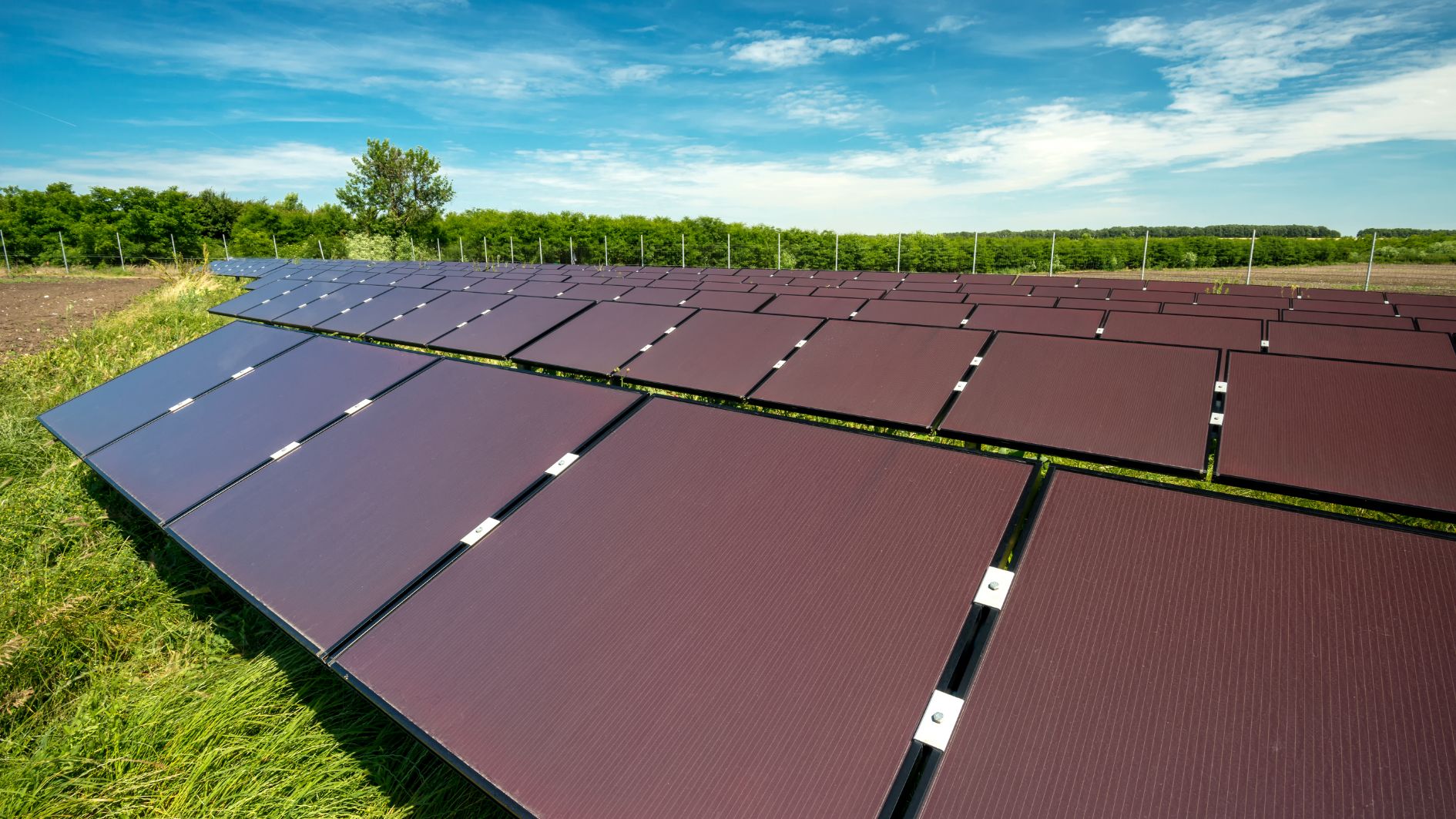Image source: Canva.com
If your roof doesn’t face south, don’t worry – solar panels can still generate power effectively. While south-facing panels yield the highest energy output, modern solar technology and creative installation strategies ensure that almost any roof can support a productive solar energy system.
Optimal Solar Panel Direction for Various Goals
Below is a concise overview of the ideal solar panel direction for different purposes. Further details are elaborated upon in subsequent sections.
South
- Maximize solar power output
- Take full advantage of net metering for bill savings
- Use a solar battery and reduce grid reliance
South or Southwest
- Minimize the impact of high Time-of-Use (TOU) Rates
The optimal direction for solar panels overall is southward. In most cases, this orientation yields the highest utility bill savings and quickest payback period compared to other directions.
Key Advantages of South-Facing Panels Include:
Maximized benefits from net metering.
Enhanced solar energy generation.
Improved utilization of solar batteries.
The Case for Southwest Orientation
For homes with TOU billing, southwest-facing panels can be advantageous. TOU rates often spike during late afternoons and evenings, so panels oriented southwest capture more sunlight during these expensive periods.
Best Practices for TOU Systems:
- If peak electricity rates are double off-peak rates, stick close to a south-facing orientation.
- For peak rates three times or higher than off-peak rates, a southwest orientation is ideal.
A professional installer can assess your local TOU rates to recommend the optimal panel direction.
How Roof Orientation Affects Energy Output
Solar panel output decreases as you move away from true south. Here’s a breakdown:
| Orientation | Output Compared to South |
|---|---|
| Southwest or Southeast | ~92% (-8%) |
| East or West | ~85% (-15%) |
| North | ~70% (-30%) |
Factors influencing the extent of output loss include:
- Distance from South: The farther from true south, the greater the decline.
- Latitude: Higher latitudes experience steeper production drops due to the sun’s angle.
- Roof Pitch: Steeper roofs facing away from south lose more output compared to shallow ones.

Ground-Mounted Solar Panels: A Smart Alternative for Your Yard
Options for Non-South-Facing Roofs
If your roof doesn’t face south, solar energy is still a viable option. Consider these alternatives:
- Install Additional Panels: Adding extra panels compensates for reduced sunlight exposure, providing sufficient energy to meet your needs.
- Ground-Mounted Systems: These allow precise orientation and tilt but require more space and a higher upfront investment.
- Solar Trackers: While expensive, solar trackers optimize sunlight capture by adjusting panel angles throughout the day.
Does Panel Tilt Matter?
Panel tilt plays a secondary role in solar efficiency. Ideally, tilt angles should align with your latitude to maximize sunlight absorption. However, roof pitch often dictates fixed angles for rooftop systems. While not perfect, the impact of tilt variations on output is generally minimal.

While south-facing roofs are optimal for solar panels, other orientations can still deliver substantial benefits with proper planning and installation techniques. Whether you adjust the system’s size, orientation, or use ground-mounted arrays, solar energy remains a practical and sustainable choice for most homeowners.
If you’re curious about how solar could work for your home, consult a solar professional or use a solar calculator to evaluate costs, savings, and potential benefits tailored to your roof’s orientation. Going solar is always a step in the right direction for a cleaner, greener future.





